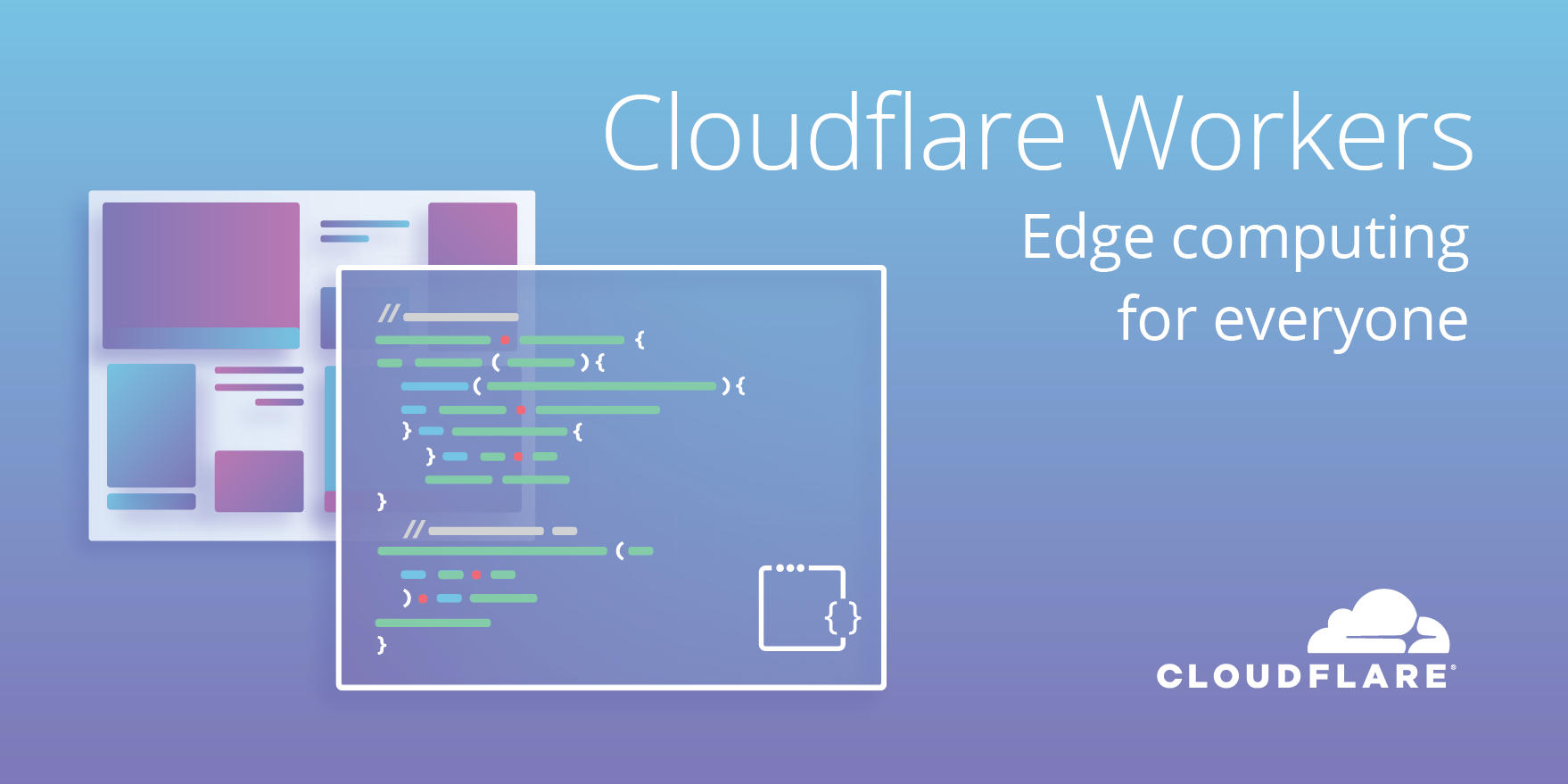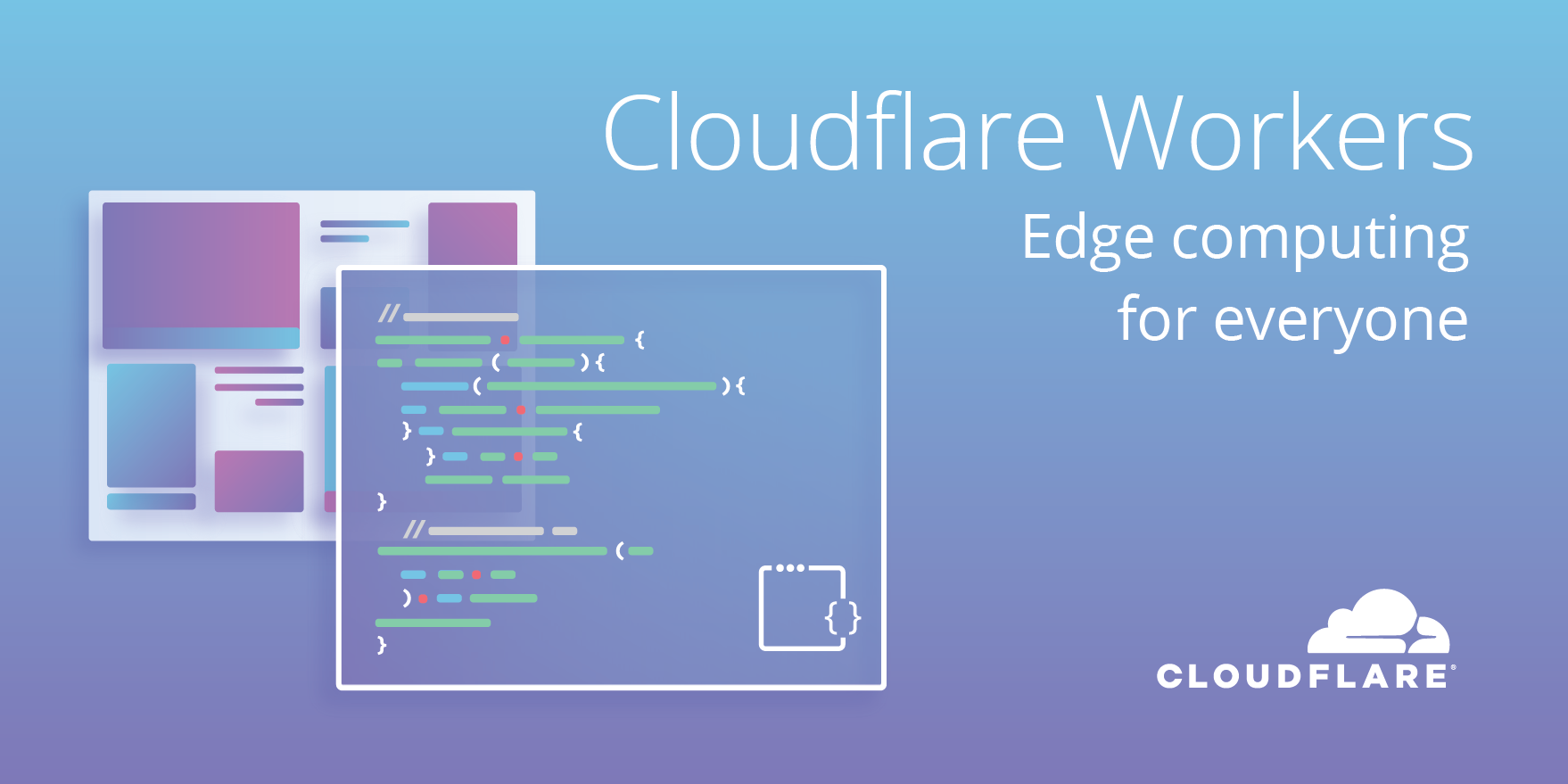Hub One Selects Versa to Offer SD-WAN, SD-Security to Enterprises
 The France-based provider enhanced its WAN capabilities with Versa's Cloud IP platform.
The France-based provider enhanced its WAN capabilities with Versa's Cloud IP platform.
 The France-based provider enhanced its WAN capabilities with Versa's Cloud IP platform.
The France-based provider enhanced its WAN capabilities with Versa's Cloud IP platform.
 You can't stop the spread of Kubernetes, you can only hope to contain it.
You can't stop the spread of Kubernetes, you can only hope to contain it.
On today’s episode of “The Interview” with The Next Platform we talk about the growing problem of networks within networks (within networks) and what that means for future algorithms and systems that will support smart cities, smart grids, and other highly complex and interdependent optimization problems.
Our guest on this audio interview episode (player below) is Hadi Amini, a researcher at Carnegie Mellon who has focused on the interdependency of many factors for power grids and smart cities in a recent book series on these and related interdependent network topics. Here, as in the podcast, the focus is on the …
Networks Within Networks: Optimization at Massive Scale was written by Nicole Hemsoth at The Next Platform.

The idea of bringing liquids in the datacenter to cool off hot-running systems and components has often unnerved many in the IT field. Organizations are doing it as they look for more efficient and cost-effective ways to run their infrastructures, particularly as the workloads become larger and more complex, more compute resources are needed, parts like processors become more powerful and density increases.
But the concept of running water and other liquids through a system, and the threat of the liquids leaking into the various components and into the datacenter, has created uneasiness with the idea.
Still, the growing demands …
Sandia, NREL Look to Aquarius to Cool HPC Systems was written by Jeffrey Burt at The Next Platform.
 The platform monitors more than 5 billion transactions per month, and generates real-time alerts when it detects behavioral anomalies.
The platform monitors more than 5 billion transactions per month, and generates real-time alerts when it detects behavioral anomalies.
Every time you see “Login with Facebook” or “Login with Twitter” etc. on a website or use login credentials issued by your employer or school, you’re using Identity and Access Management (IAM) technologies in the background. IAM has become central to our online interactions, but like a lot of infrastructure it’s largely invisible to users (at least when it’s well designed and implemented). IAM is evolving rapidly, the stakes are high, and enterprises face an increasingly complex and puzzling digital identity landscape. There is also growing concern that businesses know too much about us, and therefore end users should reclaim control over their own identities. IAM is a hot topic in the technology world, with new architectures, business models, and philosophies all in play.
Blockchain technology (sometimes also called distributed ledger technology – DLT) is also gaining attention. Proponents advocate it for a wide variety of use cases, including IAM. Blockchain is a broad class of relatively new data security methods, with certain properties of potential value in IAM. Many IAM companies have launched identity registration solutions “on the blockchain,” while others are developing new blockchain-inspired infrastructure for distributing information about users (called “attributes” and used to inform decisions about Continue reading
Changes to workloads in HPC mean alterations are needed up and down the stack—and that certainly includes storage. Traditionally these workloads were dominated by large file handling needs, but as newer applications (OpenFOAM is a good example) bring small file and mixed workload requirements to the HPC environment, it means storage approaches need to shift to meet the need.
With these changing workload demands in mind, recall that in the first part of our series on future directions for storage for enterprise HPC shops we focused on the ways open source parallel file systems like Lustre fall short for users …
Changing HPC Workloads Mean Tighter Storage Stacks for Panasas was written by Nicole Hemsoth at The Next Platform.
 The Container Monitoring Essentials hub page discusses the importance of containers in today’s datacenter environment, predicting that containers will—in time—be the means by which all workloads are deployed on server platforms.
The Container Monitoring Essentials hub page discusses the importance of containers in today’s datacenter environment, predicting that containers will—in time—be the means by which all workloads are deployed on server platforms.
The post BGP / MPLS Layer3 VPNs appeared first on Noction.


Exactly one year ago today, Cloudflare gave me a mission: Make it so people can run code on Cloudflare's edge. At the time, we didn't yet know what that would mean. Would it be container-based? A new Turing-incomplete domain-specific language? Lua? "Functions"? There were lots of ideas.
Eventually, we settled on what now seems the obvious choice: JavaScript, using the standard Service Workers API, running in a new environment built on V8. Five months ago, we gave you a preview of what we were building, and started the beta.
Today, with thousands of scripts deployed and many billions of requests served, Cloudflare Workers is now ready for everyone.
"Moving away from VCL and adopting Cloudflare Workers will allow us to do some creative routing that will let us deliver JavaScript to npm's millions of users even faster than we do now. We will be building our next generation of services on Cloudflare's platform and we get to do it in JavaScript!"
— CJ Silverio, CTO, npm, Inc.
Historically, web application code has been split between servers and browsers. Between them lies a vast but fundamentally dumb network which merely ferries data from point to Continue reading
Our colleague Jan Žorž will be promoting RIPE-690 “Best Current Operational Practice: IPv6 prefix assignment for end-users – persistent vs non-persistent, and what size to choose” as the opening keynote at the forthcoming Netnod Meeting on 14-15 March 2018 in the Sheraton Hotel, Stockholm, Sweden.
RIPE-690 outlines best current operational practices for the assignment of IPv6 prefixes (i.e. a block of IPv6 addresses) for end-users, as making wrong choices when designing an IPv6 network will eventually have negative implications for deployment and require further effort such as renumbering when the network is already in operation. This was published in late 2017 after a year of intensive work by IPv6 experts around the world, supported by the Internet Society’s Deploy360 programme.
Netnod is a neutral, not-for-profit Internet infrastructure organisation based in Sweden that operates six Internet exchange points (IXPs) in five different cities where network operators can connect and exchange traffic.
There’s also several other interesting talks on the agenda, including trends in Internet-of-Things Distributed-Denial-of-Service botnets, prudent TLS, how to practically deploy IPv6 in the mass-market, how clouds are making new demands for connectivity and hyperconnected datacentres, and establishing research networks in Arctic environments, plus a panel session on the future of peering Continue reading